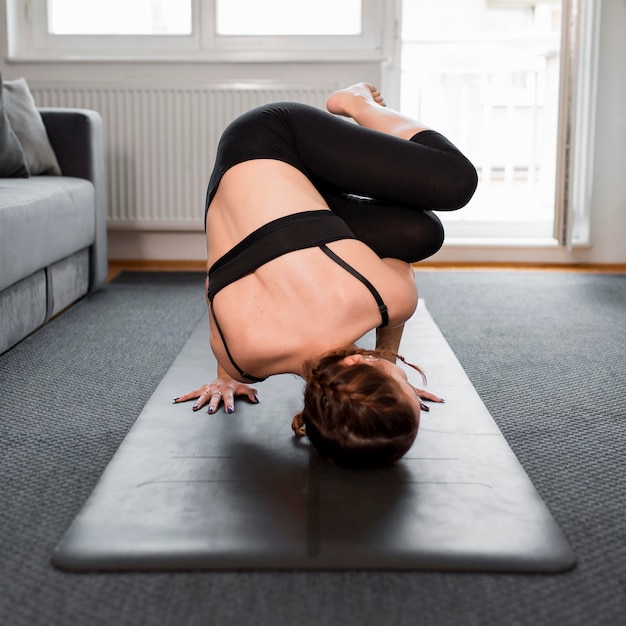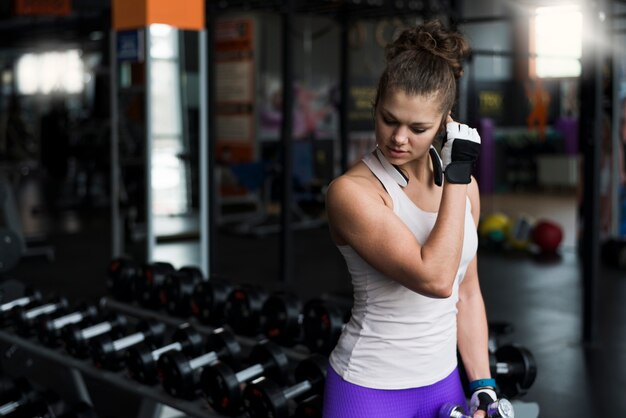Hyperextensions, also known as back extensions, are exercises designed to strengthen your back, glutes, and hamstrings. There are different ways to do them, each focusing on various muscle groups. Let’s dive into the details of these exercises, including how to execute them, their variations, and the muscles they target.
Variants of Hyperextensions
There are several ways to perform hyperextensions, each with its own benefits:
1. Reverse Hyperextensions: Lie face down on a bench with your legs hanging off the end, then lift your legs until they’re in line with your body.
2. Romanian Half Deadlifts: Start standing while holding a barbell or dumbbells, bend at the hips to lower the weight as far as comfortably possible, then return to the starting position.
3. Straight-Legged Barbell Deadlifts: Similar to Romanian half deadlifts, but keep your legs straight throughout the movement.
Execution of Hyperextensions
To execute hyperextensions, start by lying on a hyperextension bench with your thighs on the bench and your ankles touching the footpads. Your back can either be in a strong, neutral position or fully flexed, depending on the variation.
In one variant, extend your hips and possibly hyperextend your spine while keeping your back strong. Your hands can be crossed on your chest, resting on your temples, or in front of your head with your shoulders fully flexed. You can also add extra weight using a disc or dumbbell.
In another variant, fully extend your hips, spine, and head. Again, your hands can be in the same positions as the first variant, with the option of adding additional weight.
Muscles Involved in Hyperextensions
Hyperextensions engage various muscle groups:
Primary Muscle Groups
1. Hamstrings and Gluteal Muscles: These include the biceps femoris, semitendinosus, semimembranosus (hamstrings), and the gluteus maximus. They primarily extend the hip joint.
2. Erector Spinae: This group鈥攊liocostalis, longissimus, and spinalis鈥攅xtends and stabilizes the spine.
Secondary Muscle Groups
1. Upper Back and Shoulder Muscles: This includes the latissimus dorsi, trapezius (middle and lower fibers), and rhomboids, which help stabilize the upper body and assist in movement control.
2. Deep Core Muscles: Multifidus and quadratus lumborum provide additional spinal stability and support.
Stabilizing Muscles
1. Neck Extensors: Splenius capitis and cervicis help in stabilizing the neck during the movement.
2. Scapular Stabilizers: Lower trapezius and serratus anterior maintain proper scapular alignment and movement.
Hyperextensions also engage several stabilizing muscles, providing stability to the knee, hip, spine, shoulder blades, and neck.
Conclusion
Hyperextensions are a great way to strengthen your posterior chain. With different variations that target various muscle groups, understanding the correct execution will ensure you perform these exercises effectively and safely, maximizing their benefits for strength and conditioning.







